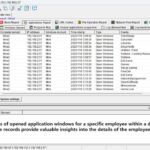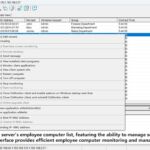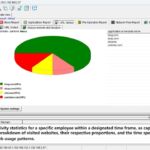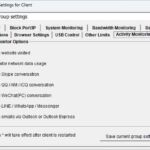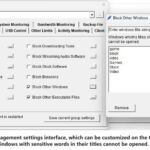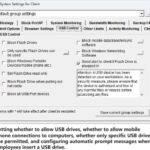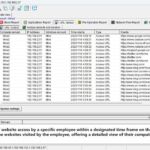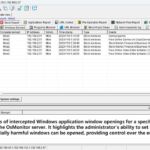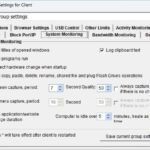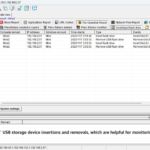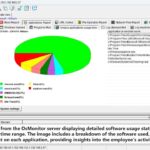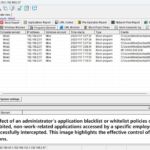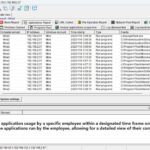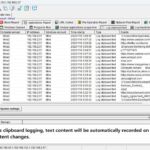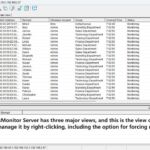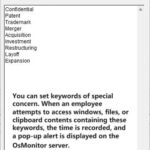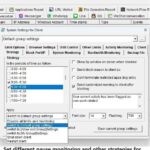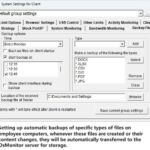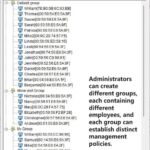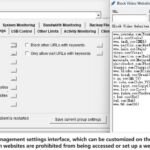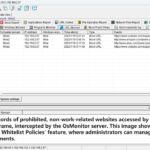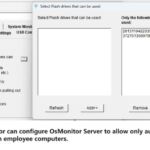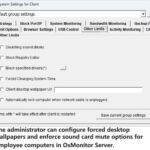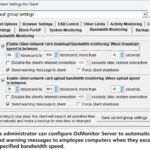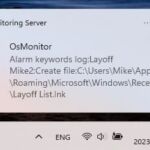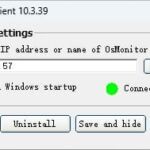Budget cuts and other restraints are hampering the government from effectively protecting itself against cyberattacks.
US federal agencies suffer the highest volume of data breaches out of government agencies worldwide and budgets are part of the
problem, new research suggests.
On Thursday, cybersecurity firm Thales, in conjunction with analyst firm 451 Research, revealed the results of a new study into
the security practices and effectiveness of government entities.
The 2018 Thales Data Threat Report, Federal Edition, suggests that US federal agencies are experiencing a rise in data breaches
not only from past years but are also reporting higher rates in comparison to non-US government counterparts.
According to the survey, based on the responses of IT professionals working in the federal sector, 57 percent of federal agencies
experienced a data breach in the past year, in comparison to only 26 percent of non-US government agencies worldwide.
This is a vast jump from an estimated 34 percent in 2016 - 2017, and 18 percent in 2015 - 2016.
In addition, 68 percent of respondents say their agencies are "very" or "extremely" vulnerable to the cybersecurity challenges of
today, while only 48 percent of global counterparts admit to the same.
The US government is pushing for IT modernization as part of the Trump Administration's Executive Order 13800. The order has been
met with mixed reviews due to a demand for a full-scale review in a very short timeframe and a lack of concrete requirements to
modernize cybersecurity.
The problem is one faced not only by government agencies but the enterprise at large today. There is a critical need to revamp
systems and reduce the risk of data breaches and successful cyberattacks, but legacy systems, antiquated software and a lack of
funding can make adequate security an impossible task.
Thales suggests that funding is an issue for federal agencies, too.
The overall federal IT budget dropped by roughly $6.2 billion in 2017, and while the White House has set aside investment for over
4,000 IT projects in mission delivery, administrative services, and support systems, IT infrastructure, security, and IT
management, according to Thales, cuts are anticipated over the coming year which may impact basic IT budgetary needs.
According to the federal 2018 budget (.PDF), from 2015 through 2018, government-wide legacy spending as a percentage of total IT
spending rose from 68 percent to 70.3 percent.
With such a large percentage being taken over just to maintain old, insecure, legacy systems, it is no wonder that many employees
in the federal sector have concerns over adequate security.
"Aging legacy systems may pose efficiency and mission risk issues, such as ever-rising costs to maintain and an inability to meet
current or expected mission requirements," the budget reads. "Legacy systems may also operate with known security vulnerabilities
that are either technically difficult or prohibitively expensive to address and thus may hinder agencies' ability to comply with
critical statutory and policy cybersecurity requirements."
Perhaps in order to maintain the balance sheet, federal agencies are turning towards cloud services, with 45 percent of
respondents saying that their agency uses more than five Infrastructure-as-a-Service (IaaS) vendors.
In addition, 48 percent of those surveyed said over 100 Software-as-a-Service (SaaS) applications are in use.
With the weight of legacy systems pushing on their shoulders and the need to work with new, more innovative technologies and
services at the same time, over two-thirds -- 72 percent -- of respondents said that they are becoming increasingly concerned over
vulnerabilities spawned from shared infrastructures.
A further 62 percent were concerned about who has access to encryption keys, and where.
In total, 68 percent of those surveyed added that they are concerned about potential data breaches stemming from the cloud.
"The massive adoption of cloud computing does not correlate with implementations of data security tools suited to protect these
new environments," said Garrett Bekker, Principal Analyst for Information Security at 451 Research. "Although 78 percent view
data-in-motion and 77 percent view data-at-rest encryption as the most effective tools for protecting data, only 23 percent of US
respondents have implemented encryption in the cloud. Additionally, only 31 percent claimed cloud computing security was a top
spending priority."
Despite these worries, 93 percent of respondents said that security spending will be increased over the coming year within their
IT budgets. In total, 56 percent plan to spend their budgets by focusing on endpoint security, 48 percent will hone in on network
security, and 19 percent view data-centric security as a focal point.
Related coverage: Government agrees to up Medicare card privacy and security controls | Homeland Security orders federal agencies
to start encrypting sites, emails | Kaspersky hauling Homeland Security to court to overturn federal ban | Microsoft to expand
Azure Government Secret cloud option for handling classified data | US government subcontractor leaks confidential military
personnel data
According to the survey respondents, complexity, business impact, and a lack of funding are all adoption barriers to modern
cybersecurity protection.
However, federal IT employees and agencies as a whole remain motivated to do more. In total, 53 percent of survey respondents said
the implementation of best practices and the avoidance of penalties are key motivators for change.
In addition, compliance scored highly at 43 percent.
In January, the United States Department of Homeland Security (DHS) confirmed that a data breach took place at the DHS Office of
Inspector General (OIG), leading to sensitive data belonging to 247,167 employees being exposed.
From:http://www.zdnet.com/article/us-suffers-highest-data-breaches-of-government-agencies-worldwide/
About OsMonitor:
The mission of OsMonitor is to create a Windows computer system tailored for work purposes, effectively regulating employee computer behavior. It enables employers to understand what employees are doing each day, monitoring every action, including screen activity and internet usage. Additionally, it restricts employees from engaging in specific activities such as online shopping, gaming, and the use of USB drives.
OsMonitor, designed purely as software, is remarkably user-friendly and requires no additional hardware modifications. A single management machine can oversee all employee computers. As a leading brand in employee computer monitoring software with over a decade of successful operation, OsMonitor has rapidly captured the global market with its minimal file size and excellent cost-effectiveness compared to similar software. At this moment, thousands of business computers worldwide are running OsMonitor daily.




